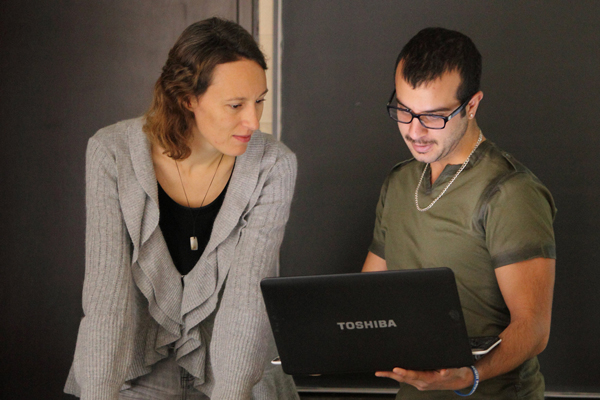
By Patrick McDonagh
Forty-four Chemical Engineering students rapidly sketched graphs into their Wi-Fi devices and pressed “send.” At the front of the classroom, the graphs popped onto Professor Anne Kietzig’s computer screen, allowing her to assess how well her class understood the problem she had presented and where difficulties lay.
Kietzig is one of a growing number of Faculty of Engineering professors bringing innovative learning strategies into the classroom — in this case, using technology to have students apply their knowledge and gain immediate feedback during class, rather than struggle to complete problems on their own afterward.
In February 2013, the Faculty launched its Teaching Enhancement Initiative (TEI), a multi-faceted project bringing current best teaching practices to the Faculty’s classrooms.

“To become a professor, you complete a PhD and then teach in your discipline and area of research, but you don’t get training in how to teach,” said Lawrence Chen, professor of Electrical and Computer Engineering and former Associate Dean (Academic Affairs). “Instead, we tend to teach the way we were taught; if our professors lectured to us, then we will probably lecture to our own students.
“And while lecturing can be effective, in some courses, students will benefit from other approaches as well,” he said.
Many of these approaches can be grouped under “active learning,” a term referring to a wide number of teaching tools and strategies that share one important characteristic: they all actively engage students in the learning process, making them responsible for their learning, rather than having them passively receive information.
A number of studies have shown that these approaches help students learn more effectively and efficiently.
New emphasis spurred by anonymous gift
At the same time, the TEI will help McGill Engineering meet criteria recently established by the Canadian Engineering Accreditation Board, which has directed engineering faculties to ensure their graduates leave university possessing 12 essential professional attributes, ranging from design and analysis abilities to communication skills and ethics.
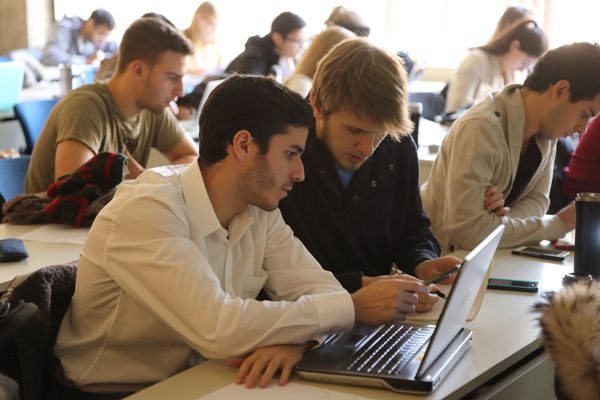
“Our courses address these attributes implicitly, but we need a program that explicitly gives our students a chance to develop and apply them,” Chen said. “So we are considering how to arrange programs to ensure that students develop and apply these competencies, and active learning is key to this process.”
The TEI was created through an anonymous donor’s $2-million gift, which has been used to create the Faculty’s Teaching Enhancement Endowment Fund. With the donor’s support, Chen and Andrew Kirk, who was then Interim Dean, approached McGill’s Teaching and Learning Services (TLS) to determine the most effective way of applying the gift.
“The Faculty of Engineering has long had a strong commitment to teaching, which is clear in the way it worked with the donor to create this project,” said Laura Winer, Interim Director of TLS.
A community of practice is essential
Winer and her team helped design a comprehensive project and provided the Faculty with a pedagogical coordinator, Maria Orjuela-Laverde, a doctoral student researching the teaching of science. She, in turn, has launched a series of instructive brown-bag workshops and other events for professors and teaching assistants (TAs).
The Faculty already has some leaders in the field, including Department of Mining and Materials Engineering professor Richard Chromik and Department of Civil Engineering and Applied Mechanics professor Tom Gleeson (see articles below), both of whom have become vigorous advocates for active learning.
“In the first class this term, I surveyed my students on how they learned best,” Gleeson said. “Out of 100 students, zero selected ‘Attend lectures.’ It really crystallized why I try to do things differently.”
The idea of “active learning” is not new; lab-based courses have long relied on students learning by doing. And many professors had developed active learning approaches to teaching without being familiar with the term itself.
Their experience underscores the importance of having a community of practice to discuss plans with like-minded teachers, and to be inspired by the work of others. The generous donation that created the TEI is allowing McGill Engineering to build a network to support its own strong pedagogical community, and that community is growing as more professors seek to incorporate active learning into their classrooms.
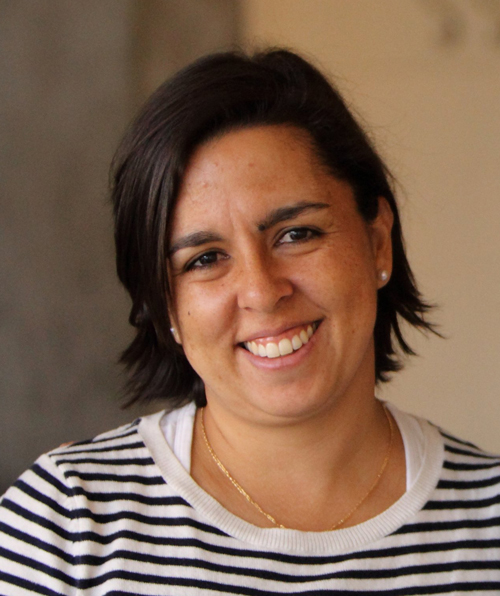
“The most difficult part in most engineering courses is not the lecture material but the exercises, and traditionally we leave the students to do this tough part themselves,” says Orjuela-Laverde.
The pedagogical coordinator worked with professor Kietzig to help her explore different teaching approaches. Kietzig has assigned readings in advance of each class, so that students come in equipped with the theory; the classroom has also adopted a teaching technology, Learning Catalytics, which allows students to respond to questions and send answers to their professor.
“Professor Kietzig is doing that tough part with her students, and is there to respond to their questions,” said Orjuela-Laverde, adding “It’s really encouraging to see how students are really on task during class.”
Meanwhile, Associate Dean Chen is having the 500 students in his “Introduction to the Engineering Profession” course carry out peer reviews.
The students review their assignments in a double-blind system—they don’t know who they are evaluating nor who they are being evaluated by—and each assignment is evaluated by multiple students and a TA or professor; students must also justify their assessments in a brief comment.
“This process helps them develop important critical-assessment capabilities,” said Chen, who worked with TLS and Orjuela-Laverde to develop a clear grading rubric. “I’m finding a new way of teaching as a result of this process, and I’m really enjoying it.”
TAs play integral role in the process
The TEI also supports TAs, most of whom are at the very start of their teaching careers. Orjuela-Laverde has organized TA sessions addressing such issues as how to grade assignments, deal with plagiarism and manage interpersonal conflicts.
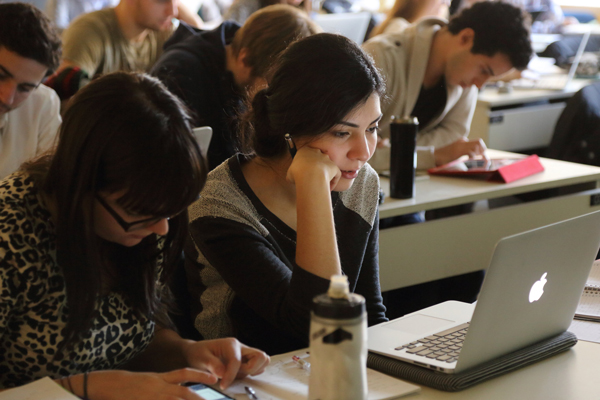
Some TAs are also expanding their teaching approaches. PhD student Jon Verrett, in his second year as the TA for Kietzig’s Chemical Reactions Engineering course, runs a weekly tutorial to help students explore problem-solving methods.
“I’m planning to record and post my tutorials online. Students will be able to see the problems being solved on-screen while hearing me explain how I’m solving them,” he said.
“When I was an undergraduate I thought it would be useful to have something like this to review material or take it in at my own pace.” The recordings can also be reused and built upon, allowing Verrett to build a library of helpful demonstrations.
Mini-grants help professors implement changes
The TEI continues to grow as it approaches its first birthday. The initial brown-bag session this academic year launched a new mini-grant project that will see the Faculty provide funds to help professors implement new teaching approaches. Dean Jim Nicell also attended to express his strong commitment to the program, and the participants discussed directions their teaching (and the TEI) could take.
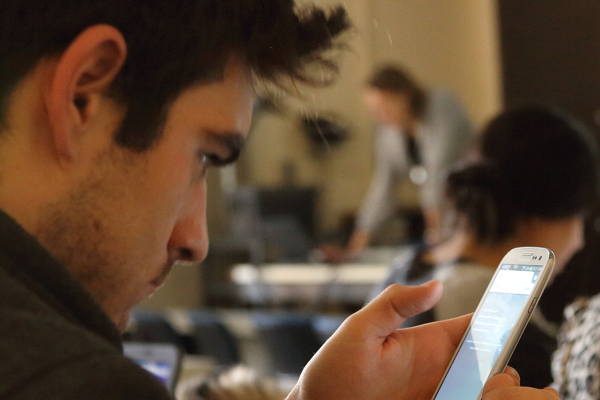
“We’ve really put teaching on the table,” said Orjuela-Laverde. “People are asking ‘Why am I doing what I am doing?’”
As Gleeson pointed out, “This initiative will help form a community of practice; it plants a seed that could grow throughout the Faculty.”
And the point is very much to engage the entire Faculty. “We are developing an innovative teaching community where professors can help one another explore different teaching approaches,” Chen said. “There are things happening now that I would have loved to have had when I was student.”
SIDEBAR: Innovative teaching tools pique students’ curiosity
As mentioned in the article above, the idea of “active learning” is not new, and many professors have developed active learning approaches to teaching without being familiar with the term itself.
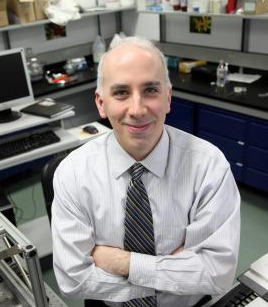
“Before I was asked to give a brown-bag presentation, I didn’t know what active learning was,” said Department of Mining and Materials Engineering professor Richard Chromik.
But despite not knowing the pedagogical term, Chromik was an active learning exemplar, and when Associate Dean (Academic Affairs) Lawrence Chen and Pedagogical Coordinator Maria Orjuela-Laverde were planning the initial brown-bag seminar to launch our Faculty’s Teaching Enhancement Initiative (TEI) in February 2013, they approached him and Department of Civil Engineering and Applied Mechanics professor Gleeson to be guest presenters.
In an assignment for a materials engineering course for electrical engineers, Chromik directed students to a 2008 issue of the Materials Research Society Bulletin that focused on harnessing materials for energy. The article cited experts predicting future research directions.
His students then performed a forward literature search from 2008 to see what had transpired since that issue. “The students could assess whether the expert predictions were right, and they also identified potential employers in the energy technology sector,” he said. “The assignment resulted in some really outstanding presentations.”
At the end of the course a student with desktop publishing experience assembled the reports into a miniature journal, and Chromik gave a copy to our Faculty’s Trottier Institute for Sustainability in Engineering and Design as a reference for other students with questions about careers related to energy.
“The students had an outcome for their work that went beyond the course, which surprised some of them,” he said. “They hadn’t realized that what they produced in a course could be useful to their peers.”
Chromik’s assignments were inspired by his participation in the McGill Teaching and Learning Services’ Inquiry Network, established several years ago to bring together professors across McGill in online forums to discuss different approaches to teaching.
His experience underscores the importance of having a community of practice to discuss plans with like-minded teachers, and to be inspired by the work of others. The generous donation that created the TEI is allowing McGill Engineering to build just such a network to support its own strong pedagogical community, and that community is growing as more professors seek to incorporate active learning into their classrooms.
SIDEBAR: Jigsaws, role playing and shared knowledge form part of the mix
For his part, Department of Civil Engineering and Applied Mechanics professor Tom Gleeson’s teaching draws on a broad range of innovative strategies, from having students use interactive devices such as clickers to respond to questions posed during class (like the survey mentioned in the article above) to a regular “water in the news” segment where students discuss and assess current news articles as if the students were news editors.
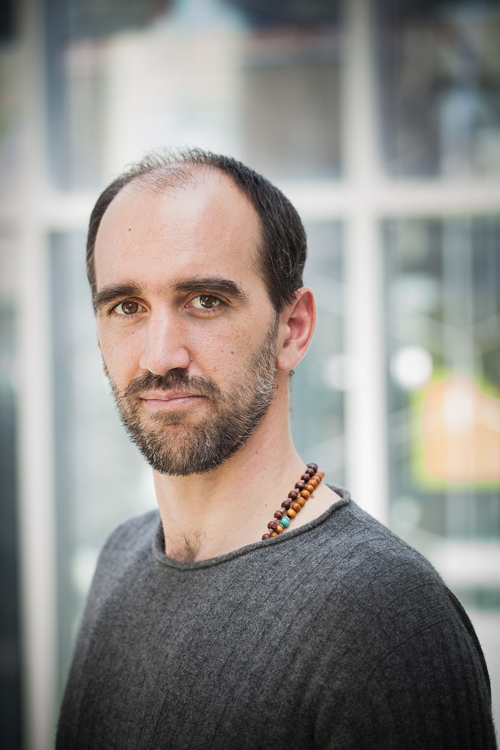
“I try to teach them the skills professional engineers require, such as critical thinking, peer reviewing, making presentations and so forth,” he said.
Sometimes Gleeson tells students to research topics as a group—but he adds a spin.
“With ‘jigsaws,’ I break a class into groups of students, and each group reads research papers to learn a certain aspect of a topic,” he said.
“The ‘jigsaw’ part is that once that stage has been completed, I rearrange students into new groups with representatives of each of the previous groups, and each person teaches the others the specific material they’ve researched on the overall topic.”
Click on individual photos to enlarge them
